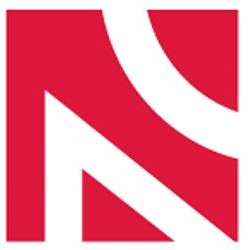 We have prepared and submitted an application for a project on the use of machine learning methods in processing astronomical images. We applied in the NCN OPUS competition. Within the planned grant we would like to purchase and install a multi-telescope workstation in our remote Otivar observatory in order to collect unique data acquired synchronously from a large telescope (50 cm) and smaller optical instruments. The value of the grant is estimated roughly at 1.5 mln PLN. We expect the results of the first stage of application assessment in April 2022.
We have prepared and submitted an application for a project on the use of machine learning methods in processing astronomical images. We applied in the NCN OPUS competition. Within the planned grant we would like to purchase and install a multi-telescope workstation in our remote Otivar observatory in order to collect unique data acquired synchronously from a large telescope (50 cm) and smaller optical instruments. The value of the grant is estimated roughly at 1.5 mln PLN. We expect the results of the first stage of application assessment in April 2022.
